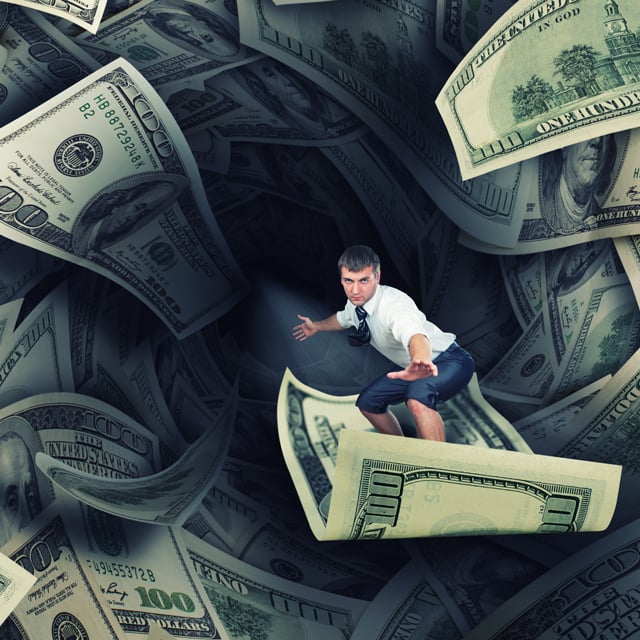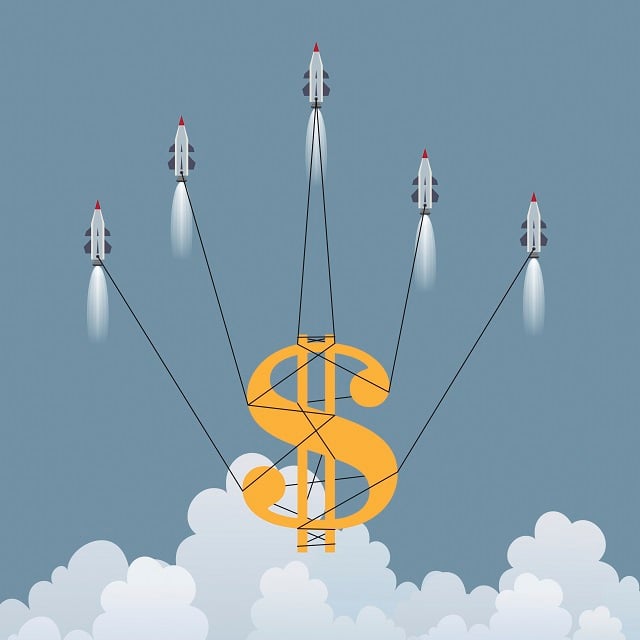10 Most Painful Stock Market Crashes of All Time: Morningstar
© 2025 ALM Global, LLC, All Rights Reserved. Request academic re-use from www.copyright.com. All other uses, submit a request to [email protected]. For more information visit Asset & Logo Licensing.
Featured Resources
View All
Sponsored by Addepar
Tech Is the New Talent Magnet: Firms That Invest in Innovation Attract Top Advisors

Sponsored by Allianz Life Insurance Company of North America
Enhanced First-Year Fixed Rate: 10-Year Accumulation Example

Sponsored by Nitrogen
The State of Investor Sentiment Report: Investor Sentiment in Volatile Markets

Sponsored by Global Atlantic Financial Group
Using a RILA as an Alternative Asset Allocation for Fixed Income





